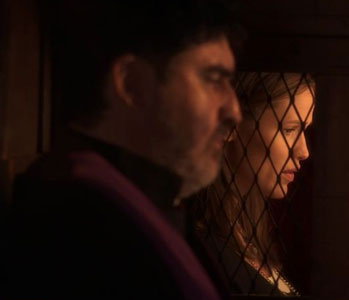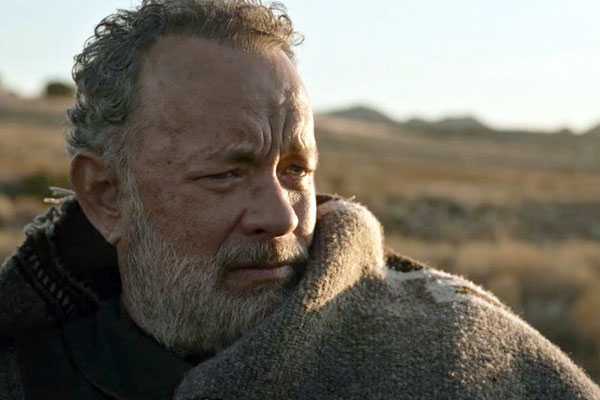One of the things I’m looking forward to most in The Hobbit: An Unexpected Journey is seeing the undisputed master of motion capture, Andy Serkis, once again stepping into the digital role of Gollum, the character that put motion capture on the map. In an interview with CBS News, Serkis talks about how he went from just performing Gollum’s voice in the Lord of the Rings trilogy to performing the character via motion capture and what he feels about motion capture becoming an Oscar category.
Believe it or not, Serkis actually reveals that his “Gollum” sound effect that gives the character his name came from observing his cat. “I actually watched one of my cats, Diz, cough up a fur ball on our kitchen floor, and that was a really significant moment. Because, you know, when a cat coughs up fur balls he goes hack hack hack from the top of the head to the tip of the tail, this kind of movement happens, which I began to use. And that was how the sound began to emanate.”
Initially Serkis was only hired to do Gollum’s voice, but director Peter Jackson found Serkis’ performance so convincing he decided to use motion capture technology to have Serkis perform as Gollum. Serkis reveals that the process was eye-opening, saying, “I remember the first day of putting on a motion capture suit, and seeing a very rudimentary, grey-shaded version of Gollum. You know, when I was lifting up my right hand Gollum was lifting up his right hand. And it was just like a magic mirror. I was sort of looking at it and thinking, ‘Wow.’ And literally after a few days of doing that, I remember going into the restroom and looking in the mirror and Gollum was there! It really was very bizarre.”
Because he embodied Gollum to a degree that hadn’t been done with a motion capture character before, Serkis admits he wasn’t happy when he would just be called the “voice” of Gollum. He explains, “It used to annoy me that people would say, ‘Oh well, you know, the voice of Gollum by Andy Serkis.’ And it was like, ‘Well, that’s not true.’ When an actor’s playing a role using performance capture, they are authoring the role.”
Since Serkis became the “face” of motion capture on two occasions there has been popular support for Serkis to be nominated for an Oscar. When neither happened, some have called for a “motion capture” category to eventually be added to the Oscars. However, Serkis himself doesn’t support that idea because he feels it unfairly separates what should not be separated. He says, “I don’t think there should be an Oscar category for performance capture. It’s acting. It’s not a genre of acting, it’s not a type of acting. It’s acting.”




